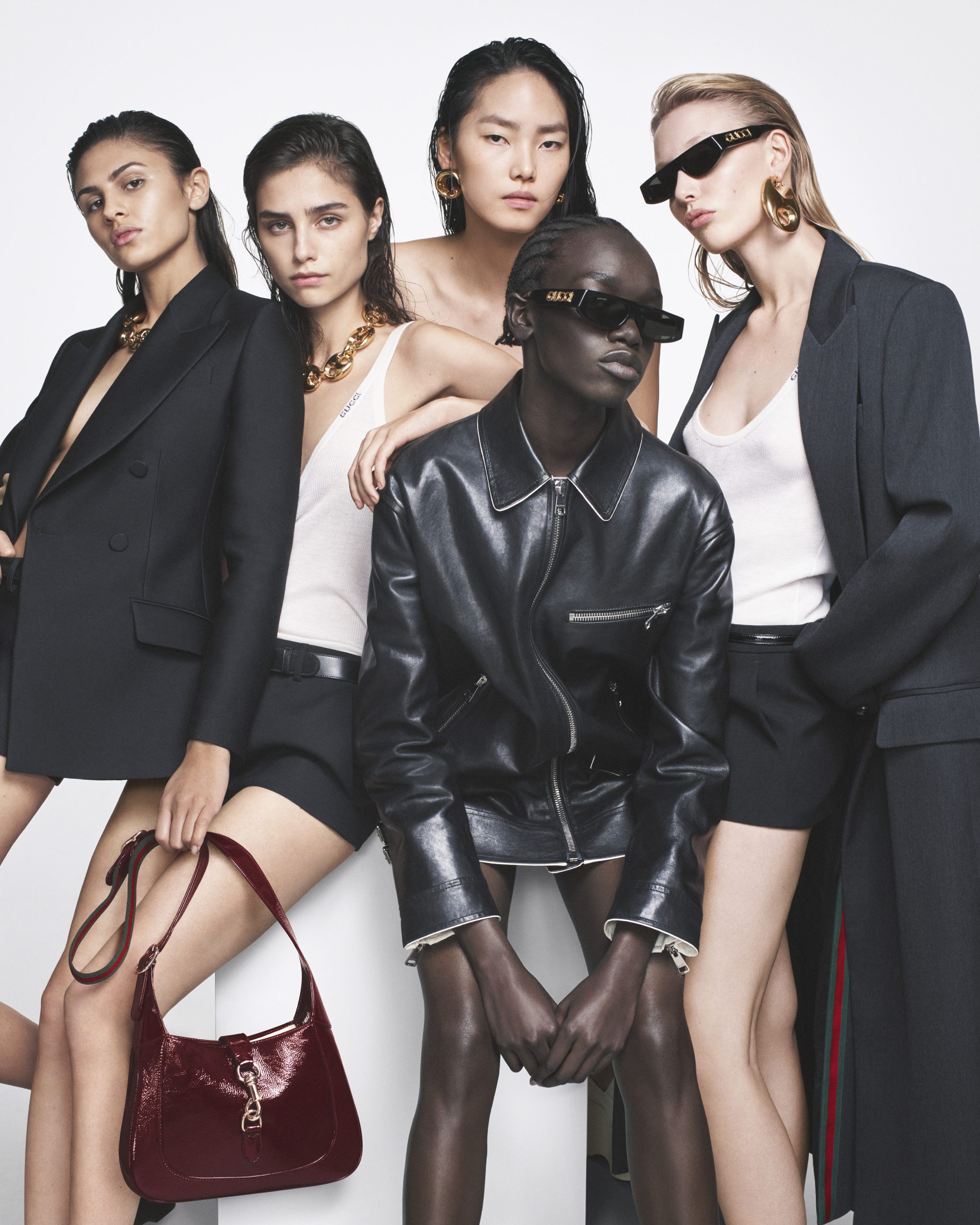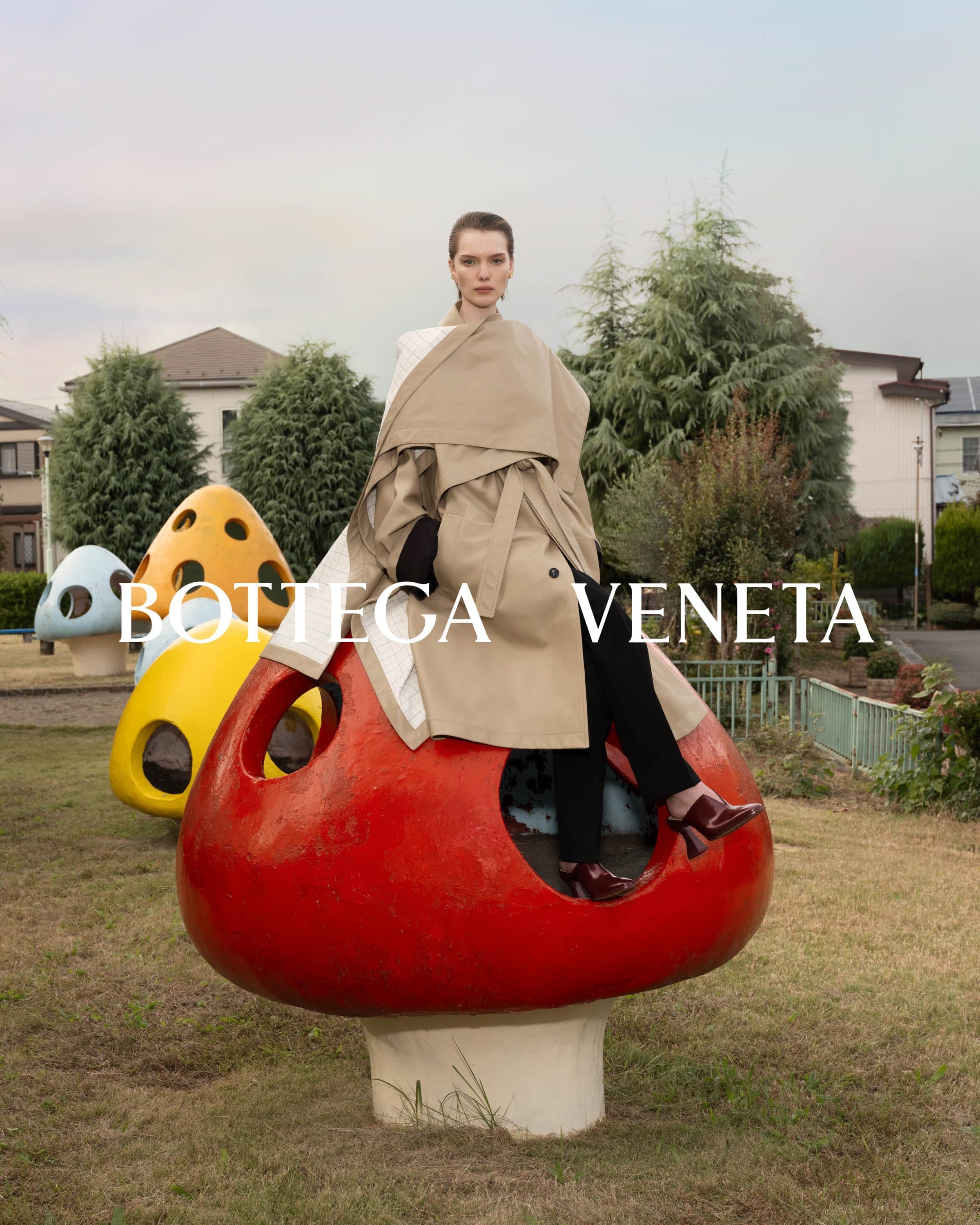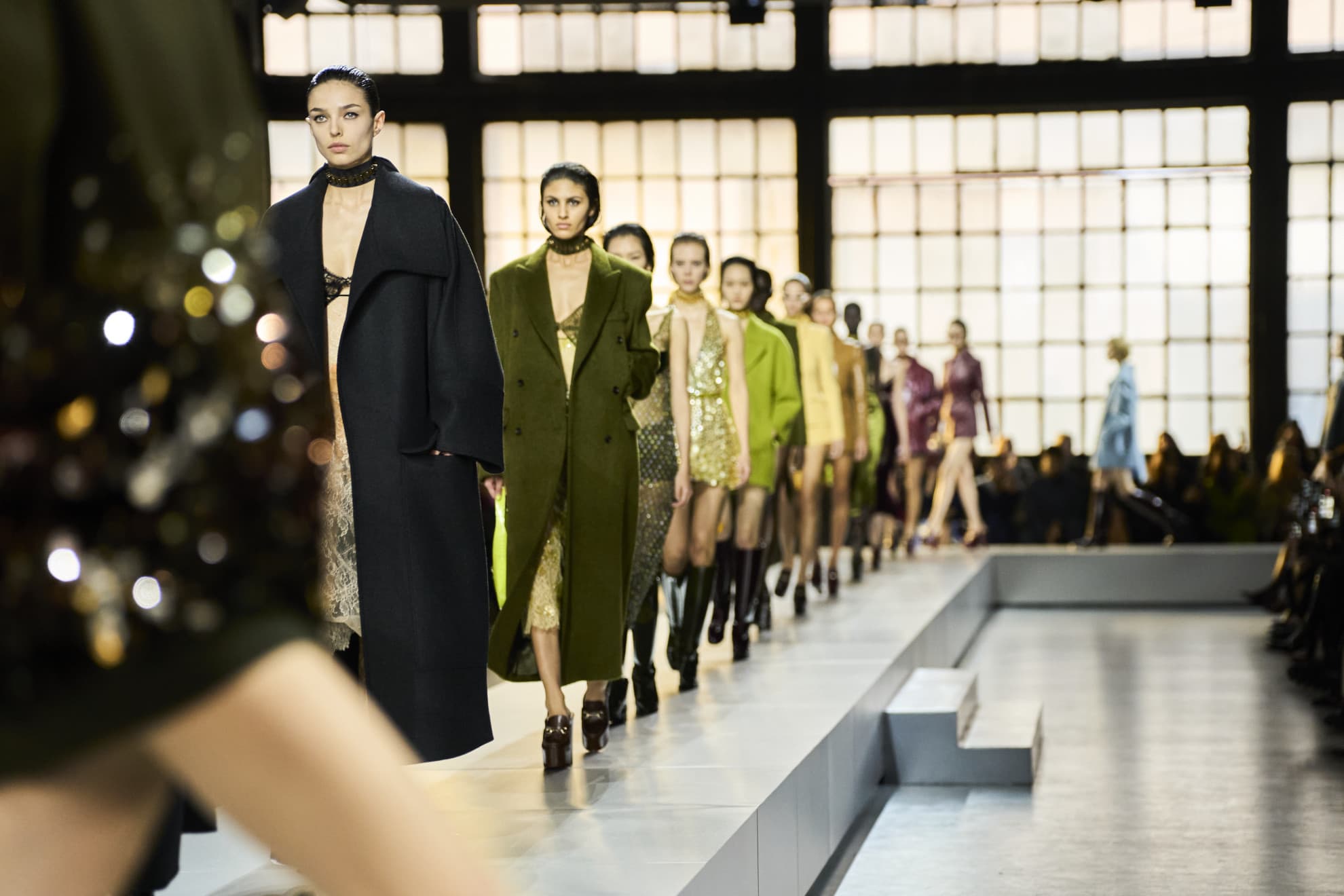As Gucci Faces a 20% Drop in Sales, Kering Adjusts to Changing Luxury Market Trends
In a surprising disclosure, Kering, the global luxury group headquartered in Paris, signaled a downturn in its financial outlook, with projections pointing to a 10 percent fall in first-quarter revenues on a like-for-like basis. The forecasted dip is primarily attributed to Gucci, the jewel in Kering’s luxury crown, which is expected to witness a 20 percent decline in sales, especially marking underperformance in the pivotal Asia-Pacific market. This anticipated downturn underscores the shifting sands beneath the luxury retail sector’s feet, grappling with broader economic pressures and changing consumer appetites.

The undercurrents of change at Gucci, responsible for over half of Kering’s total revenues, reflect a deeper transition narrative within the luxury industry. The iconic brand, once riding high on the wave of success created by the dynamic duo of designer Alessandro Michele and CEO Marco Bizzarri, is now navigating through a phase of recalibration under new creative director Sabato De Sarno and CEO Jean-François Palus. Despite these strategic shifts aimed at rejuvenating the brand, Gucci’s sales trajectory has continued to taper off, casting shadows over Kering’s broader financial health.
Analysts provide a granular view of the challenges and potential inflection points ahead for Gucci. “Most luxury companies have highlighted demand weakness in entry-level categories usually targeting aspirational consumers, with sharp multi-year price increases posing a risk to future volume growth,” observes Citi analyst Thomas Chauvet. This commentary sheds light on the luxury sector’s broader struggle to balance exclusivity with accessibility in an evolving market landscape.
Compounding the complexity of Gucci’s revival efforts, product rollout timelines underscore the gradual nature of the brand’s transformation under De Sarno. Richard Chamberlain of RBC Capital Markets provides insight into the pace of change, noting, “New product represents only about 5 percent of total Gucci goods in stores today, and should scale to 30 percent by June.” Chamberlain’s analysis highlights a cautious optimism tempered with a call for patience: “We believe more is needed to assess customer reaction. By mid-year, Gucci will have 30 percent (or all of its seasonal product) in the new Sabato De Sarno design aesthetic, at which point we would hope to see better visibility (advertising, marketing, celebrity and influencer uptake, etc.) and early signs of uptake with the broader customer base.”
Despite the gloomy forecast, Kering’s strategy includes consolidating the performance of its wider brand portfolio and integrating new acquisitions such as the perfume brand Creed, which somewhat cushions the impact of Gucci’s downturn. The narrative at Kering underscores a period of introspection and recalibration, not just for Gucci but for the luxury industry at large. As Kering navigates through these turbulent waters, the luxury group’s ability to adapt, innovate, and realign with emerging consumer trends will be critical in shaping its trajectory in the post-pandemic world.

Notably, Kering’s other brands, such as Saint Laurent and Bottega Veneta, face their own hurdles. Saint Laurent struggles to sustain growth amid shifting consumer preferences, while Bottega Veneta aims to curtail its wholesale footprint. Moreover, Balenciaga’s recovery from a public relations debacle remains tentative, further complicating Kering’s path to regaining its footing in the luxury market.
Analysts point to a luxury sector at a crossroads, with brands like Hermès and Loro Piana bucking the trend by capturing sustained consumer interest. Yet, the strategy of elevating brand positioning to entice the ultra-wealthy may alienate core aspirational customers, posing a significant risk to volume growth and brand accessibility.
With economic headwinds, luxury brands face the dual challenge of retaining aspirational consumers and enticing the ultra-affluent, a balancing act that will define the future of luxury retail. Kering’s journey through this period of transformation, with Gucci as its litmus test, will offer valuable lessons on the resilience and adaptability of luxury brands in times of change.
As the luxury market continues to evolve, the coming months will be pivotal for Kering and Gucci. The industry watches closely, eager to see whether the strategic pivots undertaken will steer the luxury titan back to growth or if the challenges of today herald a new normal for luxury retail.
